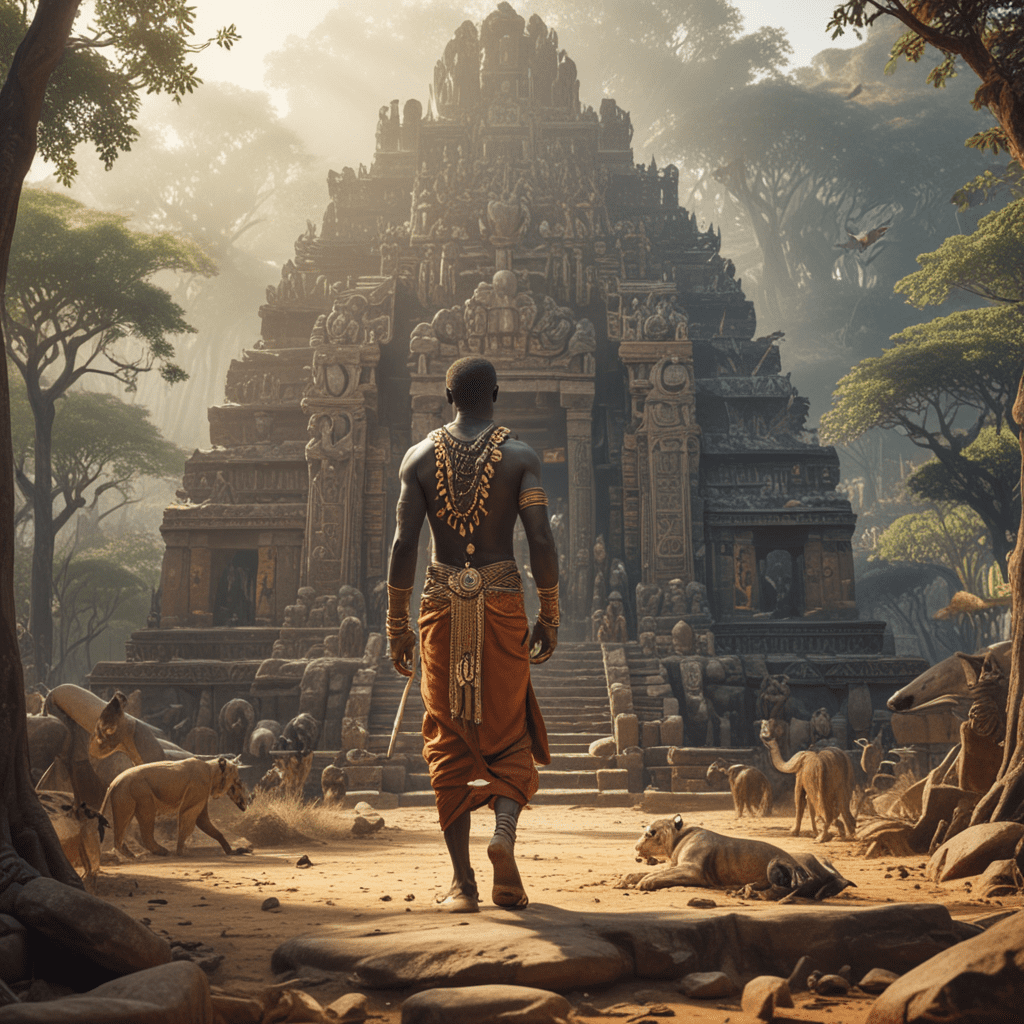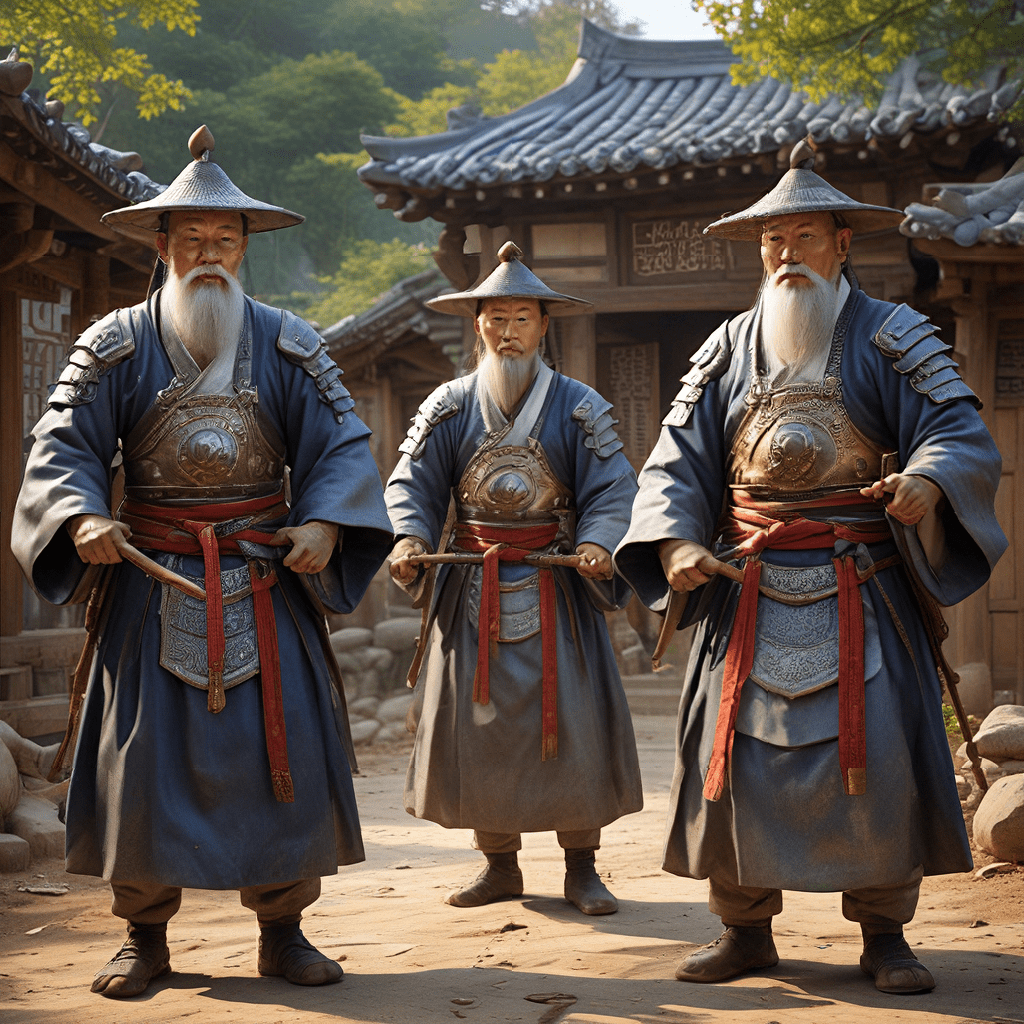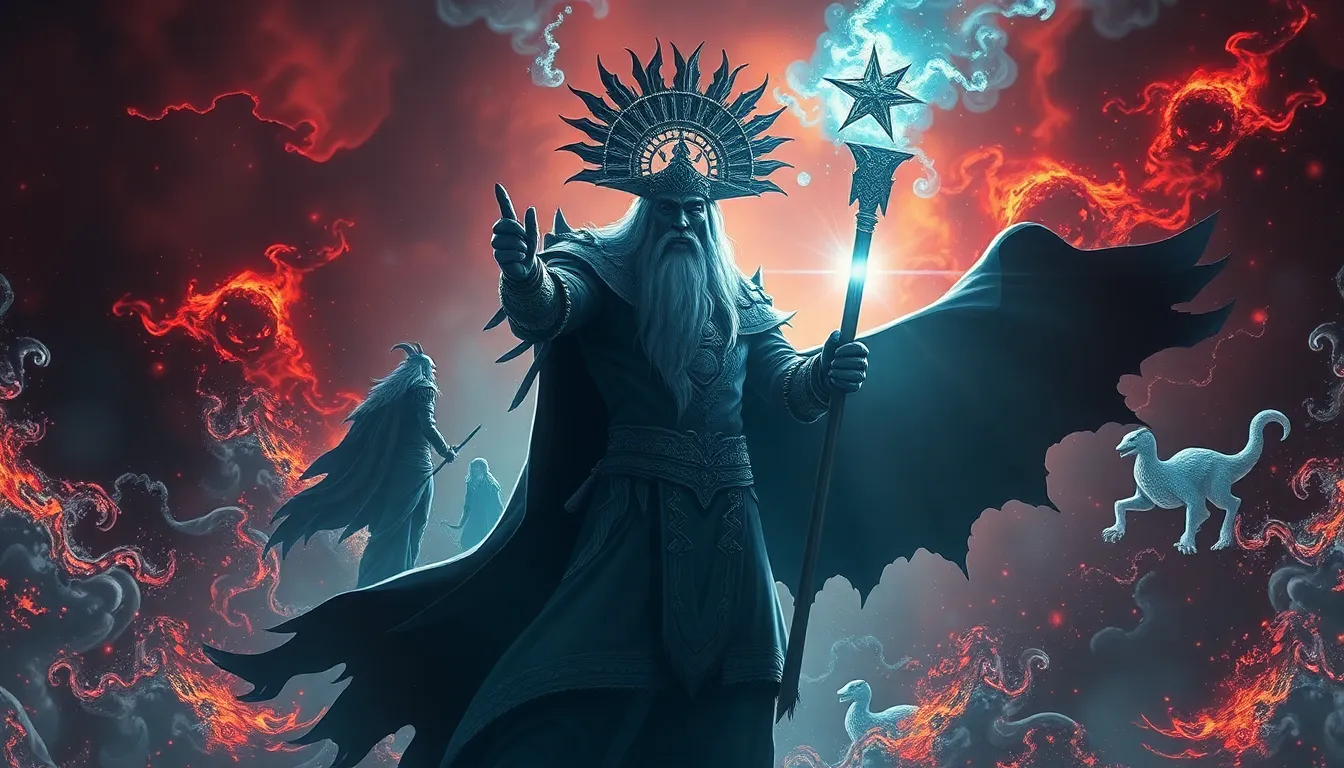The Legacy of Tricksters: How They Shape Our Beliefs
I. Introduction to Tricksters
Tricksters are fascinating figures found in folklore and mythology across the globe. Defined as characters who use cunning, deception, and humor to navigate their worlds, tricksters often disrupt the status quo, challenge norms, and embody the complexities of human nature.
Across cultures, trickster figures hold significant importance, serving as symbols of chaos, creativity, and transformation. From the mischievous Coyote of Native American lore to the cunning Loki of Norse mythology, these characters reflect the dualities of existence—light and darkness, order and chaos. This article aims to explore how tricksters shape our beliefs and values, influencing societal norms and individual identities.
II. Historical Context of Trickster Figures
The origins of trickster archetypes can be traced back to various cultures, each offering unique perspectives on this complex character.
- Indigenous traditions: In Native American folklore, Coyote serves as a quintessential trickster, often teaching valuable lessons through his antics.
- Ancient mythologies: Loki in Norse mythology and Hermes in Greek mythology are prominent tricksters, both embodying traits of mischief and intelligence, while also facilitating communication between gods and mortals.
Throughout history, the role of the trickster has evolved, reflecting changes in societal values and beliefs. From ancient tales passed down through generations to modern interpretations in literature and media, tricksters continue to be relevant figures that challenge and entertain.
III. The Psychological Impact of Tricksters
Tricksters symbolize chaos and change, often embodying the unpredictability of life. Their humorous antics serve as a means to confront societal norms and expectations, providing a safe space for critique and reflection.
The role of humor and satire is crucial in shaping social norms. Tricksters often use wit to expose hypocrisy and challenge authority, prompting audiences to reconsider their beliefs.
Psychological theories suggest that the appeal of trickster figures lies in their ability to navigate the complexities of existence. They embody the contradictions of human nature, allowing individuals to embrace their own dualities.
IV. Tricksters in Literature and Art
Trickster characters appear in both classic and contemporary literature, offering a rich field for analysis. Examples include:
- Novels: Characters like Huckleberry Finn in Mark Twain’s work exhibit trickster traits, subverting societal norms.
- Plays: Shakespeare’s Puck in “A Midsummer Night’s Dream” exemplifies the playful, mischievous nature of the trickster.
- Poetry: Many poets use trickster themes to explore identity and morality.
In visual arts and performances, tricksters are often depicted in ways that challenge viewers’ perceptions. Their narratives provide cultural commentary, reflecting societal issues and encouraging dialogue.
V. Tricksters and Moral Ambiguity
The dual nature of tricksters presents them as both heroes and villains, embodying moral ambiguity. They challenge traditional moral frameworks, prompting audiences to question their own beliefs about right and wrong.
This exploration of moral ambiguity has a profound impact on societal beliefs regarding ethics and justice. Tricksters reveal the complexities of human behavior, encouraging a more nuanced understanding of morality.
VI. The Role of Tricksters in Social Change
Tricksters often act as agents of transformation, challenging oppressive systems and advocating for change. Historical examples include figures like Robin Hood, who embodies the trickster spirit by stealing from the rich to give to the poor.
In modern contexts, tricksters emerge in various forms, from satirical comedians to activists using humor to address serious issues. They play a vital role in influencing movements and revolutions, encouraging individuals to question authority and fight for justice.
VII. Tricksters in Popular Culture
In contemporary film and television, trickster archetypes continue to thrive. Characters such as the Joker in the Batman franchise or Deadpool in Marvel comics illustrate the enduring appeal of tricksters in popular media.
The resurgence of trickster themes in contemporary storytelling reflects society’s ongoing fascination with complexity and ambiguity. Audience reception often mirrors cultural beliefs, revealing the significant impact of tricksters on modern values.
VIII. Tricksters and Identity Formation
Trickster narratives play a crucial role in shaping personal and collective identity. They help individuals navigate cultural complexities, offering insights into the multifaceted nature of identity.
Moreover, trickster figures contribute to discussions on race, gender, and sexuality, challenging stereotypes and encouraging inclusivity. Their stories emphasize the importance of embracing diversity and understanding the fluidity of identity.
IX. Lessons from Tricksters: Embracing Complexity
Trickster tales offer valuable insights about flexibility and adaptability. They teach us to embrace the complexities of life, encouraging a mindset that values creativity and resilience.
In a world that often seeks clear answers and rigid structures, the legacy of tricksters reminds us of the beauty found in ambiguity and the necessity of questioning our beliefs. By examining the influence of tricksters, we can better understand the intricacies of our own lives and the societal frameworks that shape us.



